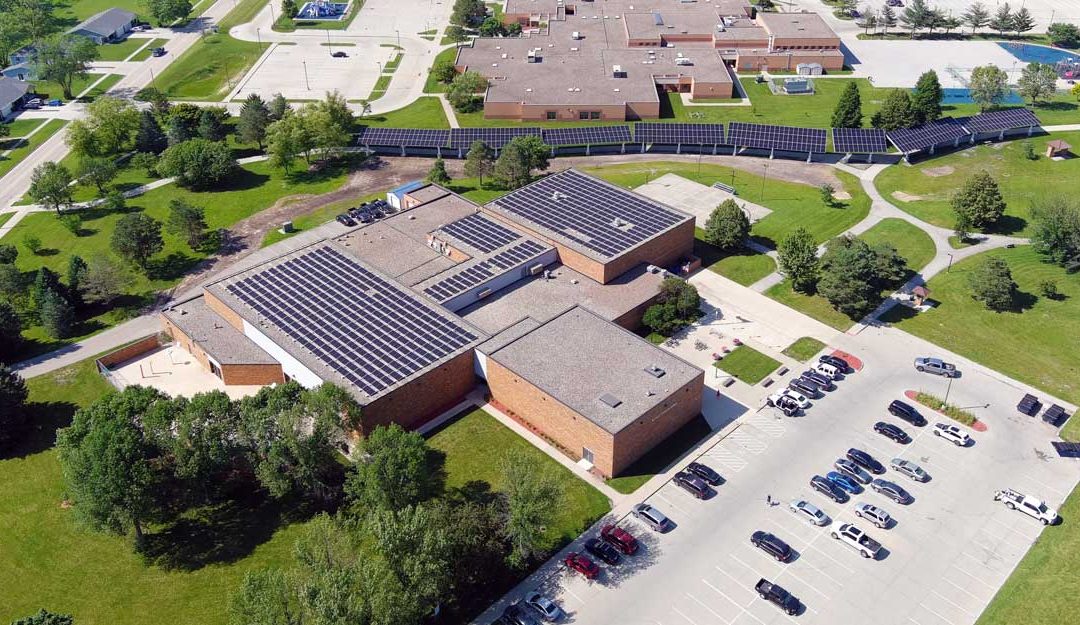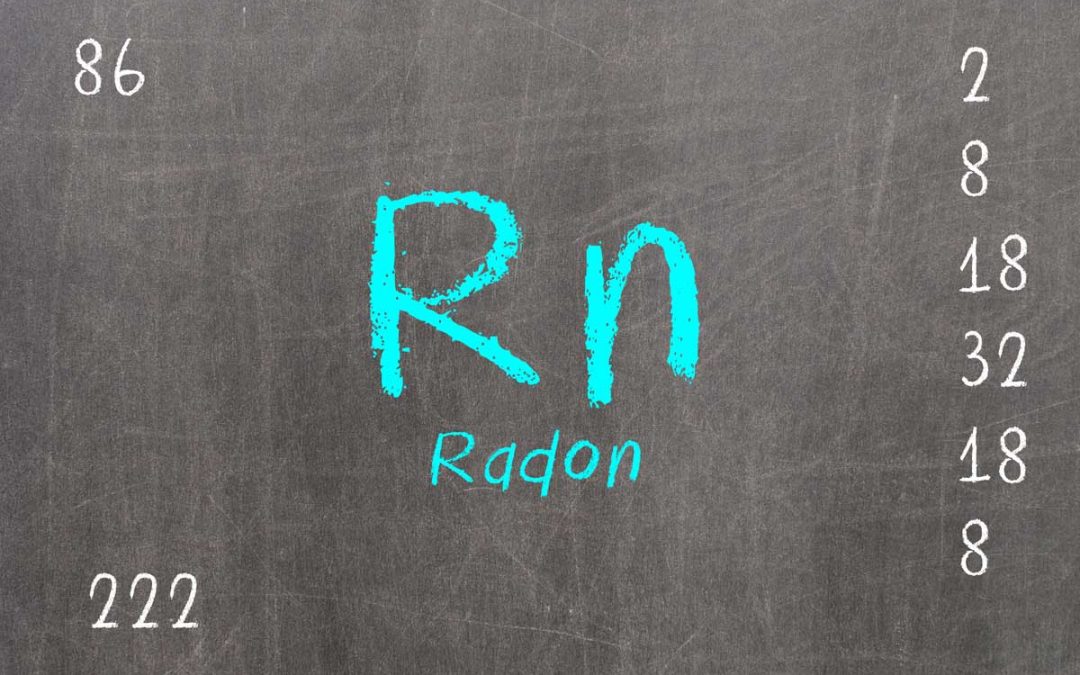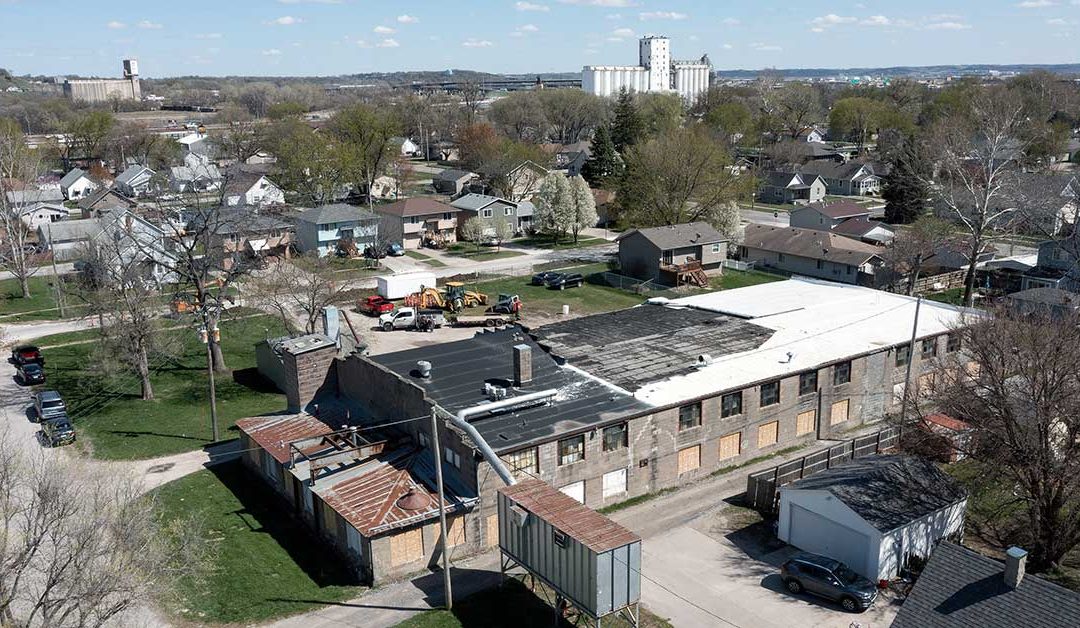In August of 2022, the Inflation Reduction Act (IRA) was signed into law. This $370 billion climate investment is the largest in U.S. history and will support programs benefiting households, businesses, and communities putting the country on the path to reduce emissions by 40 percent by 2030. Offset by nearly $740 billion in topline revenue, the IRA seeks to make a historic down payment on the U.S. deficit by over $300 billion.
What Communities and Non-Profits Need to Know
New grants are available for government agencies to complete projects related to climate change, air pollution, extreme heat risk mitigation, environmental justice, stormwater pollution, transportation access, and greenhouse gas emissions. Search online for: EPA Environmental Justice Government to Government Grants, Neighborhood Access and Equity Grants, Greenhouse Gas Reduction Fund, or Energy Efficiency Contractor Training.
Communities also should be aware that tax credits are available for investments in renewable energy generation projects. Projects are categorized as either an investment tax credit or a production tax credit. For investment tax credits, projects constructed before 2025 are eligible for a 30 percent credit while projects constructed after during or after 2025 are credited on a flexible schedule. For production tax credits, pre-2025 projects receive a tax credit of 1.5 cents/kilowatt hour for solar, geothermal, wind, closed- and open-loop biomass, landfill gas, municipal solid waste, hydropower, and marine and hydrokinetic facilities. These credits aren’t limited to communities; business and non-profit organizations can take advantage of these perks, too.
What Businesses Need to Know
In addition to investment and production tax credits, businesses can look for deductions in the construction and retrofitting of energy efficiency commercial buildings. Builders and contractors of single-family and manufactured homes can also collect a credit for meeting the Energy Star Program requirements and the DOE Zero Energy Ready Home criteria. A $7,500 tax credit for the purchase of electric vehicles and other qualified clean vehicles for commercial vehicles under 14,000 lbs. and a $40,000 tax credit for commercial vehicles over 14,000 lbs. is also available.
What Nonprofit Organizations Need to Know
The Inflation Reduction Act doesn’t exclude nonprofit organizations from a variety of tax credits and grant opportunities. Many of the benefits listed above apply to not-for-profit agencies. Additionally, the USDA has announced new assistance for Rural Electric Cooperatives in securing capital for renewable energy systems, zero-emission systems, and carbon capture and storage systems, or to make energy efficiency improvements to existing electric generation and transmission systems.
What Individuals Need to Know
New tax credits are available for individuals to reduce the cost of installing residential solar PV systems, small wind turbines, geothermal systems, battery storage, and various home improvement projects related to energy efficiency. New rebates are also planned for homeowners looking to do whole-house energy savings retrofits and even point-of-sale rebates for high-efficiency electric equipment like heat pumps and water heaters. Finally, the IRA provides individuals with tax credits for both new and used cars, the former providing credit for purchase of a new electric, hybrid, or fuel cell vehicle and the latter providing similar incentives for previously owned zero or low emissions vehicles.
We Can Help Navigate Your Next Clean Energy Project
Impact7G is a full-service environmental and sustainability firm with decades of experience planning and implementing projects related to clean energy, air pollution, water resources, and redevelopment. If you are interested in learning more about the programs listed above, please reach out to Nicole Turpin at 515.473.6256 or by email at [email protected].


